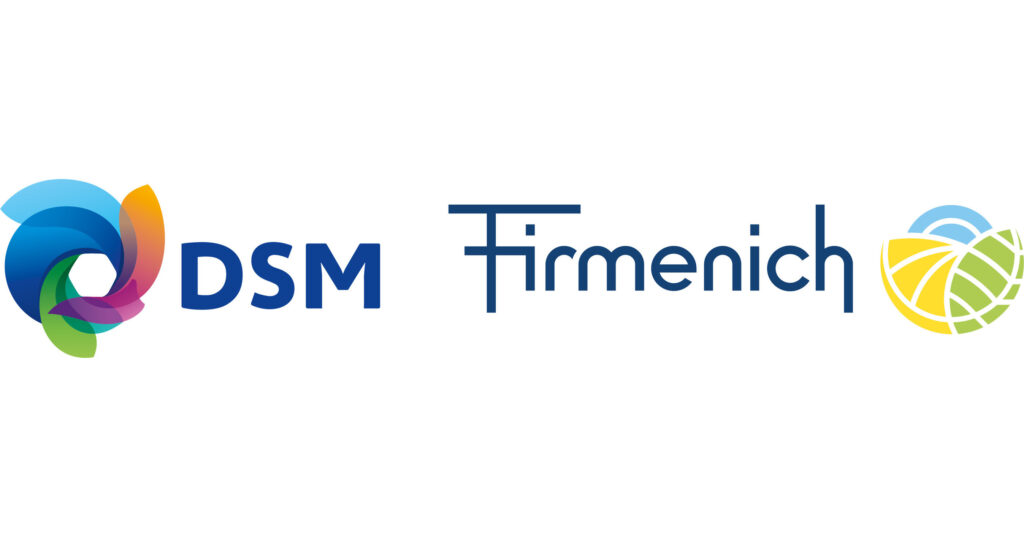Why M&A can be the most Cost-Effective Strategy for Pharma Manufacturing

Mergers and acquisitions (M&A) offer a cost-effective and efficient way for pharmaceutical organizations to utilize existing products, services, infrastructure and talent of another establishment rather than starting from scratch.
At a time of global inflation, Rushabh Shah Deputy General Manager of Amneal Pharmaceuticals examines the benefits of using mergers and acquisitions as a key procurement strategy for pharmaceutical companies and highlights its key advantages.
Improved Scale and Scope of Business
Mergers and acquisitions aim to bolster companies by widening their scale and scope. By combining or purchasing another company, firms can experience better financial gains and productivity. An alliance between two formidable forces allows each of them to leverage shared resources, infrastructure, and expertise towards progress and economies of scale. Moreover, this union grants organisations access to more funding options, enhances their bargaining position in the market while reducing costs- all leading to superior operational efficiency.
Talent Acquisition and Access to Resources
Companies striving to excel in the market face a substantial challenge when it comes to acquiring top talent. Established giants often enjoy an edge due to their renowned brand image and abundant resources. For pharmaceutical enterprises, mergers and acquisitions can be an effective way of harnessing the best available talents in the industry, enabling them to drive innovation, research, and development towards greater heights.
M&A provides businesses with an opportunity to increase their access to crucial resources, such as suppliers, essential materials, and physical assets. Consider a pharmaceutical company that procures or merges with its supplier; this can simplify the production cycles, establish a steady supply chain while securing access to critical materials. This integration of vital resources plays a significant role in cost savings and operational synergies.
Diversification of Risk and Competitive Advantage
M&A provides companies with the opportunity to diversify their risk across different revenue streams. By acquiring or merging with complementary businesses, pharmaceutical companies can broaden their product portfolios and expand into new markets. This diversification minimises the reliance on a single revenue stream, thereby reducing the impact of market fluctuations and potential downturns. Additionally, increased market share resulting from M&A can enhance a company’s competitive advantage, enabling it to influence customers and mitigate competitive threats.
Access to New Markets and Early Market Entry
Established businesses may find it challenging to break into a new market. Although launching a subsidiary can be an option, merging with an existing company could save significant time, effort, and funds when compared to starting from scratch.
An excellent example of this strategy is the merger between Dutch Chemical Company Royal (DSM) and Swiss flavours company Firmenich. In less than nine months, they created DSM-Firmenich by joining forces and unveiled synergies that opened up new markets for their sustainable food and health products. Through the successful merger valued at $21 billion, both companies expedited their entry into foreign markets and drove commercial growth ahead.

Operational and Procurement Excellence
Effective businesses, especially those in the pharmaceutical industry, must continue to improve their processes and productivity while reducing costs. M&A can provide opportunities to enhance operational efficiency and procurement practices. Combining resources allows for optimisation of processes, reduction of redundant testing, minimisation of labour and lab expenses as well as promoting healthy competition. For example, by implementing alternative vendor development programs across various sites and levels this can create competition breaking monopolies driving the cost savings directly contributing to company profits.
Tech Transfers and Site Transfers
The pharmaceutical industry can boost product margins and ensure long-term sustainability by moving technology or sites to locations with lower labour, land, and utility costs. M&A deals can also facilitate these transfers which provide cost advantages while streamlining operations. Pharmaceutical companies who leverage favourable cost structures can optimise their supply chains, reduce overhead costs, and increase profitability in the long run.
Conclusion
Pharmaceutical companies can benefit from mergers and acquisitions as they offer a cost-effective procurement strategy with multiple advantages.
However, it is essential for companies to scrutinise prospective opportunities thoroughly and execute them strategically to derive maximum benefits. With appropriate integration tactics employed through a tailored approach – M&A can be a powerful tool for driving growth in spite of the difficult economic conditions we face in today’s marketplace.
